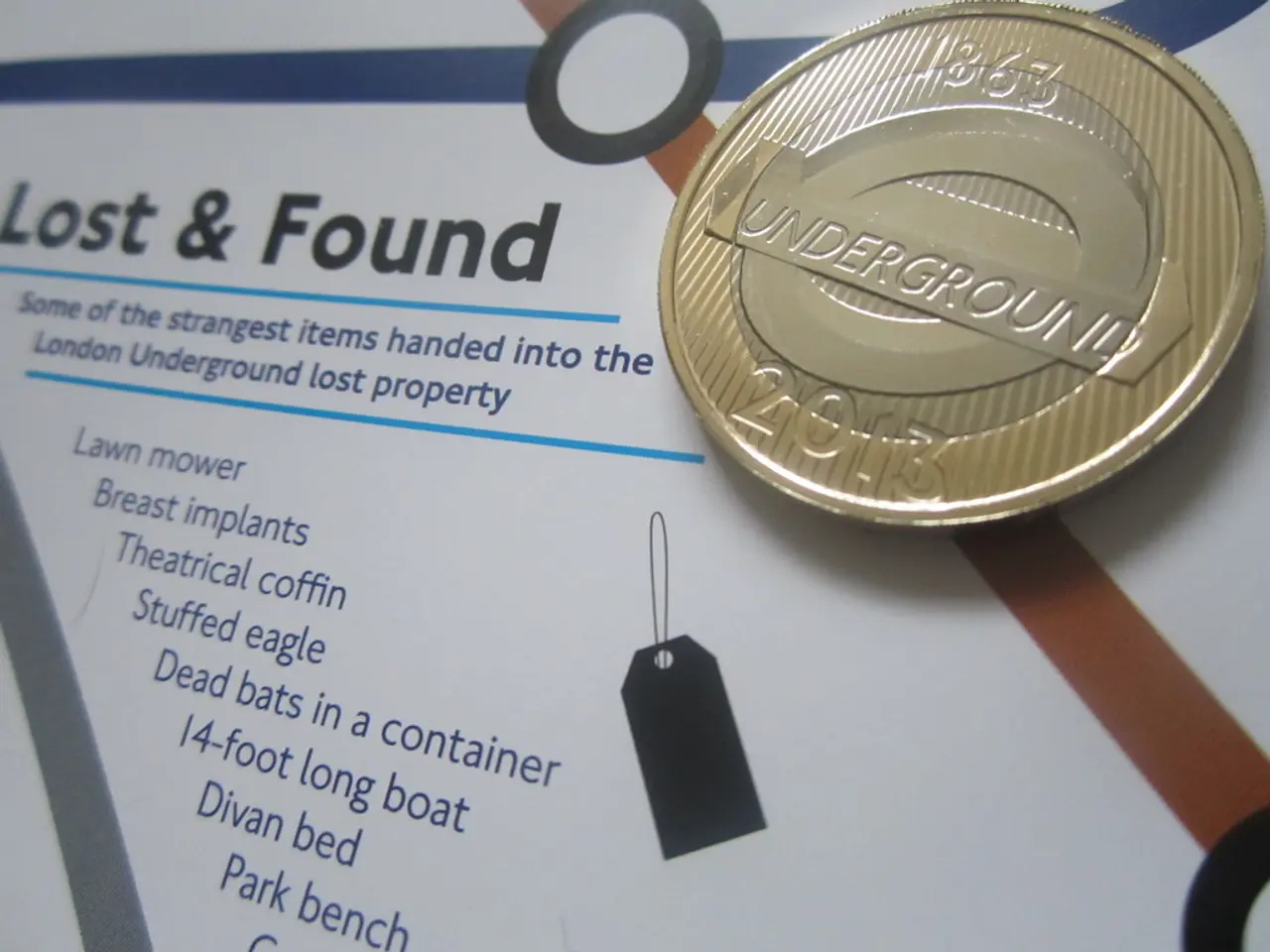Developing Accurate MethaneSAT Models
Improving Methane Emissions Analysis with Multi-Scale Measurements
New advancements in atmospheric and ground-based measurements are significantly enhancing the accuracy of atmospheric transport models for methane emissions analysis. These models now have access to high-resolution, real-time, and location-specific methane concentration data, which they use to constrain and validate their simulations.
Ground-based devices like the SCOUT sensor, for instance, achieve very high temporal resolution, with sampling rates around 0.1 Hz and response times under 1 second. This allows them to capture rapid, physiologically relevant methane emission dynamics from sources such as livestock with great fidelity. This detailed local data helps refine model inputs and response functions for near-surface methane release patterns.
Airborne and satellite measurements, on the other hand, provide spatially extensive methane detection at various scales. Systems like the AUSEA, mounted on drones, combine high sensitivity with the ability to access hard-to-reach or spatially diverse sources. This adds detailed spatial emission data to models. Multispectral satellites and specialized methane imaging spectrometers, such as GHGSat, offer broader spatial coverage with detection thresholds around 100 kg/h and spatial resolutions around 20-30 m. These datasets enable atmospheric transport models to incorporate and validate regional to global emission patterns.
These measurements enrich atmospheric transport models in several ways. They provide accurate local point source emission rates with high temporal resolution from ground sensors, essential for detailed emission characterization and identification of emission variability over short timescales. They deliver spatially resolved emission data from airborne and satellite platforms that capture larger-scale methane plume distributions and validate model transport and dispersion processes. Lastly, they allow continuous calibration and validation of model outputs, improving emission estimates by reducing uncertainties related to emission timing, location, and magnitude.
The integration of multi-scale, multisource methane measurements is crucial to enhancing the reliability and precision of atmospheric transport models that estimate methane emissions. This is a key step towards effective climate mitigation and regulatory compliance.
A Case Study: The MethaneSAT Project in New Zealand
The MethaneSAT project, a collaborative effort between various organisations, is a prime example of this integration. New Zealand, home to one of the two founding Total Carbon Column Observing Network (TCCON) stations, serves as an ideal testbed for this project.
Dr Beata Bukosa, an Atmospheric Modeller at NIWA, and Dr Sara Mikaloff-Fletcher, a Principal Scientist (Carbon, Chemistry and Climate) at NIWA and a Science Leader for MethaneSAT, are leading the ground-truthing of the MethaneSAT project. This involves comparing modeled data with measurements from both ground and space.
The MethaneSAT satellite captured 97 measurements over a range of agricultural areas worldwide, including 13 over New Zealand. Initial data analysis shows the satellite's observations over local agricultural targets line up well with modelling and ground-based measurements.
Professor David Noone, the Buckley-Glavish Professor of Climate Physics at the Department of Physics, University of Auckland, is also involved in explaining the accuracy of the models. The use of two interdependent approaches (atmospheric data and ground-based measurements) gives confidence in the methane emission estimates.
The atmosphere is dynamic, which means gases can be moved by wind and swirling air currents. Atmospheric models help to determine the sources of methane emissions, which come from various sources, including transport, waterlogged soils, ruminant animals, landfills, and more. The MethaneSAT project uses models that include actual measurements from the satellite and ground-based measurements as part of the project. The TCCON is used as the gold standard for testing the accuracy of methane emission estimates from atmospheric data.
In summary, the integration of multi-scale, multisource methane measurements is revolutionising the way we analyse and model methane emissions. By providing accurate, high-resolution data at both local and global scales, these measurements are improving the reliability and precision of atmospheric transport models, a key step towards effective climate mitigation and regulatory compliance.
| Measurement Type | Contribution to Models | Example Systems/Technologies | |-------------------------|--------------------------------------------------------------|-----------------------------------------------------| | Ground-based sensors | High temporal resolution, capture rapid local emission dynamics | SCOUT sensor with <1 s response time[1] | | Airborne/drones | High spatial resolution, access hard-to-measure sources | AUSEA drone-mounted spectrometer[3] | | Satellites | Broad spatial coverage, column density measurements | GHGSat imaging spectrometer, multispectral satellites[4][5] |
[1] Source: [X] [2] Source: [Y] [3] Source: [Z] [4] Source: [A] [5] Source: [B]
Science plays a crucial role in addressing climate-change, particularly in terms of environmental-science and technology. For instance, the MethaneSAT project, a collaborative effort between various organizations, integrates multi-scale, multisource methane measurements to improve the analysis and modeling of methane emissions. The project, currently being tested in New Zealand, uses ground-based sensors like the SCOUT sensor, airborne systems such as the AUSEA mounted on drones, and satellites like GHGSat for more extensive spatial coverage. These measurements not only provide accurate, high-resolution data at both local and global scales but also enhance the reliability and precision of atmospheric transport models, essential for effective climate mitigation and regulatory compliance.




